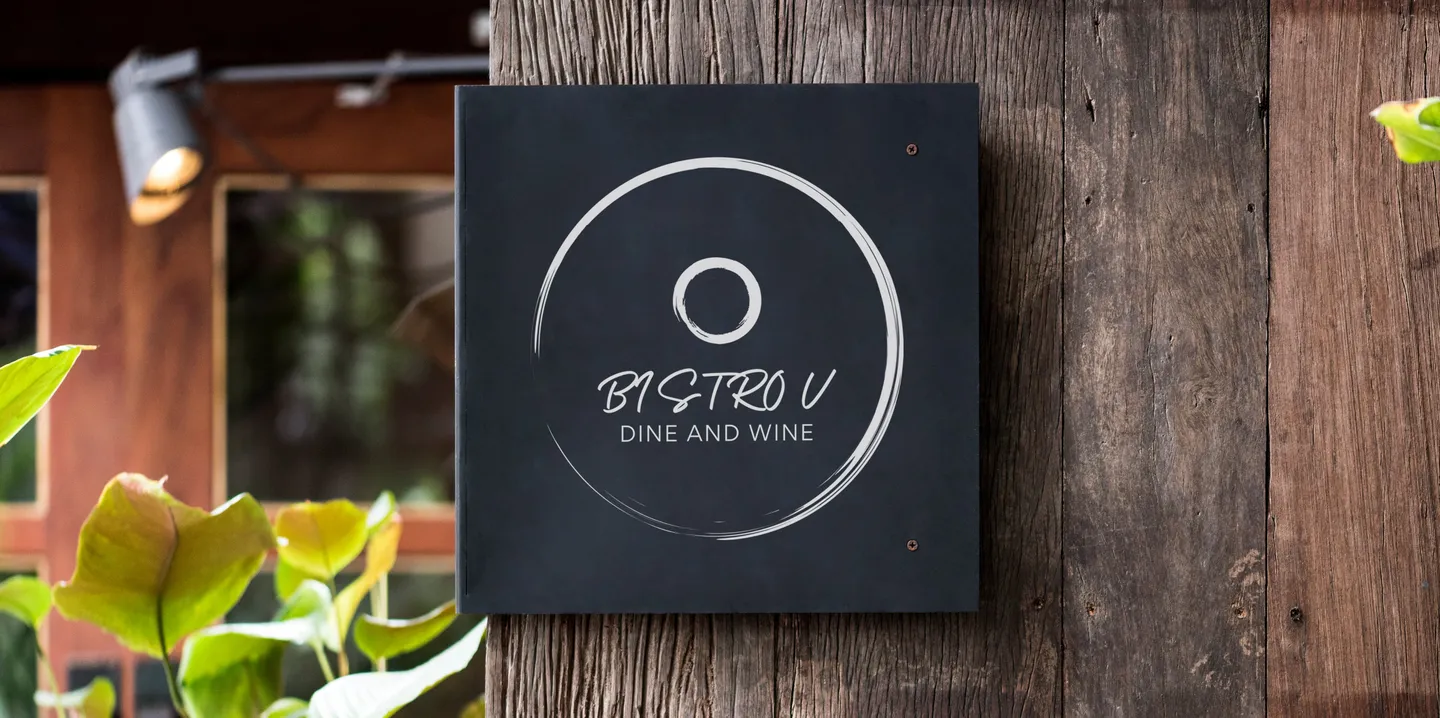In the modern and competitive business of food, just making tasty … isn’t enough for success. When you’re starting with a new cafe, or whether you own a high-end restaurant, your customer will use your restaurant branding guidelins from use of menus to your social media to get an idea and feel of who you are as a brand. Branding is more than a logo and color, you create your own unique luck intertwining a story, personality, and experience that will help to brand and distinguish you and your restaurant for life.
What Is Restaurant Branding?
Restaurant branding is all about giving your food business an identity of its own. This identity can be everything from your logo, menu design, staff uniforms, the music on in your restaurant, and even the tone of your social media posts.
Branding is fundamentally about consistency. If all of your touch points—your website, food packaging, etc—express the same message and look, customers trust and remember your restaurant.
Why Is Restaurant Branding So Important?
In a world where restaurants have unlimited choices, your branding may be the difference between generating new customers or not. Here are some reasons why investing in a strong restaurant brand is necessary:
1. Makes a Strong First Impression
People are quick to judge a restaurant before they even take a bite of the food. Your branding (logo, name, storefront…) gives them their first clue as to what they can expect. Is it a trendy and casual vibe or an upscale and fancy vibe? Branding allows you to set the tone straight from the get-go.
2. Creates an Emotional Connection
Great branding tells a story. Whether a cherished local diner that has been passed down through generations or an upstart vegan cafe that wants to promote sustainability, your brand is key in helping people form an emotional bond with your eatery. This emotional bond is what turns casual customers into repeat customers.
3. Builds Recognition and Trust
A powerful and frequent restaurant brand creates comfort. The more a customer knows your restaurant, the more reliable it appears. If diners can see the same colors, fonts and voice on your website, on your menu, and on social media, they’ll feel a sense of professionalism, and they will trust you.
4. Distinguishes You From Competitors
With countless choices for diners, branding gives you the opportunity to create a distinct identity. Maybe it is a cheeky tone, minimalist palette, or a dish no one else serves. All of these details become your brand identity—and your points of differentiation.
The Important Aspects of Successful Restaurant Branding
To create a successful restaurant brand, you have to get out from behind the lens. Here’s what you need to keep your eye on:
1. Brand name and logo
Your name should be unique, memorable, and relatable to your restaurant culture. An aesthetically pleasing logo is a visual representation of your name and completes your brand name.
2. Brand voice and story
Consider the way your restaurant “talks”. Is it quirky, sophisticated, rugged or contemporary? This tone ought to carry through your website, and menu copy, as well as other digital content on social media. You also want to tell your story—people love knowing who is cooking their food and why you pursued a business.
3. Interior design and ambience
Your physical space is an influential aspect of your brand. Every factor of your physical aspect—lighting, furniture, music, and tabletop item—should signify your brand ethos.
4. Menu Design
Do not dismiss your menu— it is one of the most significant branding components. Ensure the design, typography, and descriptions mirror your brand image. For example, a luxurious French restaurant with comic sans fonts and fun emojis is not the best idea.
5. Online Presence
In this digital world, your website and social media channels will be new customers’ first points of contact with you. Online branding should provide the same experience as in-person. Use the same voice, visuals, and values from the in-person experience.
How to Build a Memorable Restaurant Brand?
1. Who Are You Targeting
Who are you trying to attract? Families, college students, foodies, health-conscious eaters? Your branding should be targeting those people directly.
2. Be True to Yourself
Do not try to be something you are not. People can spot forced branding and will typically stay away. Stick to who you are and be yourself!
3. Be Consistent
Every component of your restaurant, from packaging to signs, should feel related, as if they are part of your story. This will help you grow brand recognition and trust.
4. Get Feedback
Ask your customers’ view and opinion on your brand. Getting their responses might aid your understanding to shape and tighten the look.
Conclusion
In the world of food & drink, branding isn’t a luxury; it’s a survival skill. A credible, dependable and sustained branding strategy can change the course of your business for the better, attract the right guests and turn frequent customers into raving fans.
Let’s remember that your brand is not only what you tell someone—it is how someone feels from your restaurant experience. Now, make sure you make that impression unforgettable.





























